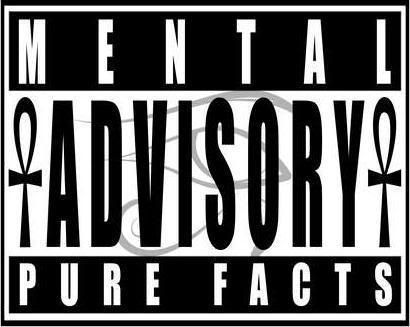Friday, June 29, 2012
Blaming China for mercury pollution is not solving the problem
Eighty-seven percent of all mercury falling on the United States comes from outside the country. Two thirds of worldwide mercury contamination comes from industrial pollution from Asia as mercury in the air settles into lakes, streams, and oceans. There is a global reservoir of airborne mercury circulating worldwide and it is estimated that the annual input of mercury into this reservoir is a whopping 4,900 tons.
The blame-game and passing the buck
State and federal officials are grappling with the fact that most of the mercury pollution comes from sources around the world and especially from large numbers of coal-fired power plants being built in China. In the news lately is the State of Florida's Jan Mandrup-Poulsen, of the Watershed Protection Section who says, "If we were to look at all the mercury sources in Florida and turn them all off, we wouldn't solve the mercury problem in Florida."
As the State of Florida debates new environmental regulations, David Guest of Earthjustice, said the attempt to blame the bulk of the problem on other countries was ridiculous and allowed state regulators to avoid imposing tighter controls on the Florida power plants.
Other sources of mercury
As much as we love to blame others for our woes, there are many local sources for mercury that we create for ourselves from car exhaust, to sulphate fertilizers, power plants, cement kilns and even toxic dental amalgams (outlawed in Sweden and Denmark for health reasons).
In the 1980s, workers at the Staco thermometer plant in Poultney, Vermont, noticed headaches, bleeding or sore gums, upset digestive systems, and coordination problems. Mercury was detected in their homes and in their children's bodies causing the plant to close in 1984. Mercury is commonly used as a grain preservative worldwide (recently outlawed in the U.S. but still found in the soil) to prevent mold from destroying seed for planting. In 1972, a major mercury poisoning epidemic occurred in Iraq in which 6,530 persons were hospitalized and nearly 500 died from eating wheat treated with a methylmercury mold growth inhibitor.
History of mercury
Centuries ago, mercury was wrongly thought to prolong life, heal fractures, and maintain health. One of China's early emperors, Qin Shi Huang died from liver failure and brain death by drinking a mercury mixture formulated to give eternal life. Ancient Greeks used mercury ointments and ancient Egyptians and Romans used mercury in cosmetics. By 500 BC, mercury made an appearance in amalgams for dentistry. The Romans converted mercury mines into penal institutions and the prisoners would soon be poisoned and die, avoiding the need for formal executions.
Mercury absorbs into fatty tissues and accumulates in the body over time. Mercury is a neurological poison which causes memory loss, mental retardation, tremors, personality disorders - like extreme mood changes (mad as a hatter), restricted vision and eventual loss of hearing. Mercury poisoning also causes damage to the liver and kidneys. In your body: Mercury is used in all childhood vaccines according to Dr. Boyd Haley, even the "mercury free" ones. Other shots like some flu vaccines contain 25 mcg of mercury containing thimerosal per dose. Thimerosal is also used in diapers, Kotex, Band-Aids, eye drops, eye ointments, nasal sprays and many other products that use disinfectants.
Doing your part
State officials say mercury from Florida sources has declined sharply from power plants, trash-burning facilities and other sources, proving that every little bit helps. Your part for the environment is to avoid purchasing products containing mercury like CFL light bulbs, thermometers, button-cell batteries, LCD screens, older thermostats and appliances and amalgam teeth fillings.
Mercury and most of its compounds are extremely toxic and must be handled with care; in cases of spills involving mercury (such as from certain thermometers or fluorescent light bulbs), specific cleaning procedures are used to avoid exposure and contain the spill.
Sources for this article
http://www.sun-sentinel.com
http://people.uwec.edu/piercech/hg/mercury_water/sources.htm
Pacyna E G, Pacyna J M, Steenhuisen F, Wilson S (2006). "Global anthropogenic mercury emission inventory for 2000". Atmos Environ 40 (22): 4048.
http://www.epa.gov
http://www.dartmouth.edu
http://www.naturalnews.com
Subscribe to:
Post Comments (Atom)

No comments:
Post a Comment